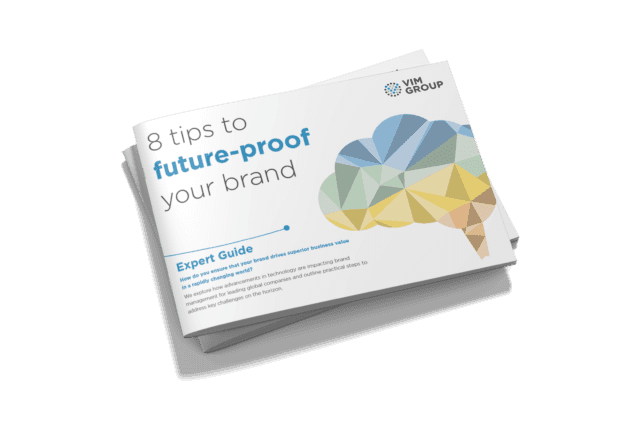Driving business performance through brand licensing
A video of an interactive Working Group Brand Leadership session of the EACD

Marc Cloosterman
Senior Advisor Team Farner
On October 8th, Michael Pietig, First Vice President of EFG Bank and head of Corporate Marketing, chaired an interactive Working Group Brand Leadership session for the EACD to discuss the topic ‘Driving business performance through brand licensing’.
Albeit very known within finance, tax and legal professions, this area is fairly unknown in the communications and branding profession. Keynote speaker Lars Bolle, Vice President Group Brand Management, DER Touristik and Marc Cloosterman, CEO of VIM Group, together with all participants shared their insights and approaches on how to increase influence in the boardroom on an organisation’s most valuable asset: its brand.
Here, we will take you through some of our thoughts and will share with you a video of the online session and the Q&A.
We have covered the following two topics:
Introduction to brand licensing – Marc Cloosterman, CEO, VIM Group
Marc highlighted a few key perspectives on licensing and the respective stakeholder groups. The latter consists of the CFO, Head of Tax, and the legal council of multinational organisations. For the legal council the definition in terms of ‘what is the specific bundle of Intellectual Property rights’ at hand? For the CFO the accounting principles around brands as intangible assets apply, where there is a difference between acquired brands (that an organisation intends to keep going forward) and in-house developed brand value.
From all stakeholders, the Head of Tax should be the brand owner’s biggest friend. It’s the transfer-pricing mechanism on charges for the use of the corporate brands that need to be understood by the brand owner, be it the Chief Communications Officer, Chief Brand Officer, or the Chief Marketing Officer. Obtaining an understanding from the Head of Tax on the applicable royalties and the backgrounds, will really provide you with insight into the role and value of the corporate brand, and – more importantly – in a way that is fully understood in the board room.
"From all stakeholders, the Head of Tax should be the brand owner’s biggest friend."
Keynote – Lars Bolle, Vice President Group Brand Management, DER Touristik, part of REWE Group
Following the intro on the subject, Lars has demonstrated how DER Touristik, a $7bn USD tourism brand, is using brand licensing, internally and externally. Lars has sketched to the audience how he’s been able to increase and raise the interest for the brand management by liaising with his colleagues from the tax division within the company. Together, they’ve mapped the role and relevance (and IP) for each brand in each geographical territory – thus mapping out the brand footprint of DER Touristik across Europe.
The mapping by geography is relevant, as ultimately the internal charge for the use of the corporate brand needs to be agreed with each and every tax authority in the respective countries. For most countries, this will mean a royalty charge for the use of the brand in the local P&L, whereas for the holding company, it means an income stream every year. The beauty of this extensive process is that the value and relevance of the corporate brand have become clearer than ever, and as a result, this important value driver for the company has the full attention of its board. Next to the internal use of the corporate brand relevance, it’s also shown more opportunities and value to use the corporate brand externally going forward.
Please view the video of the session and Q&A below. As always, we are keen to hear your feedback or comments on the topics we discussed here. If you would like to discuss any of the themes or content, please feel free to contact us through LinkedIn.




